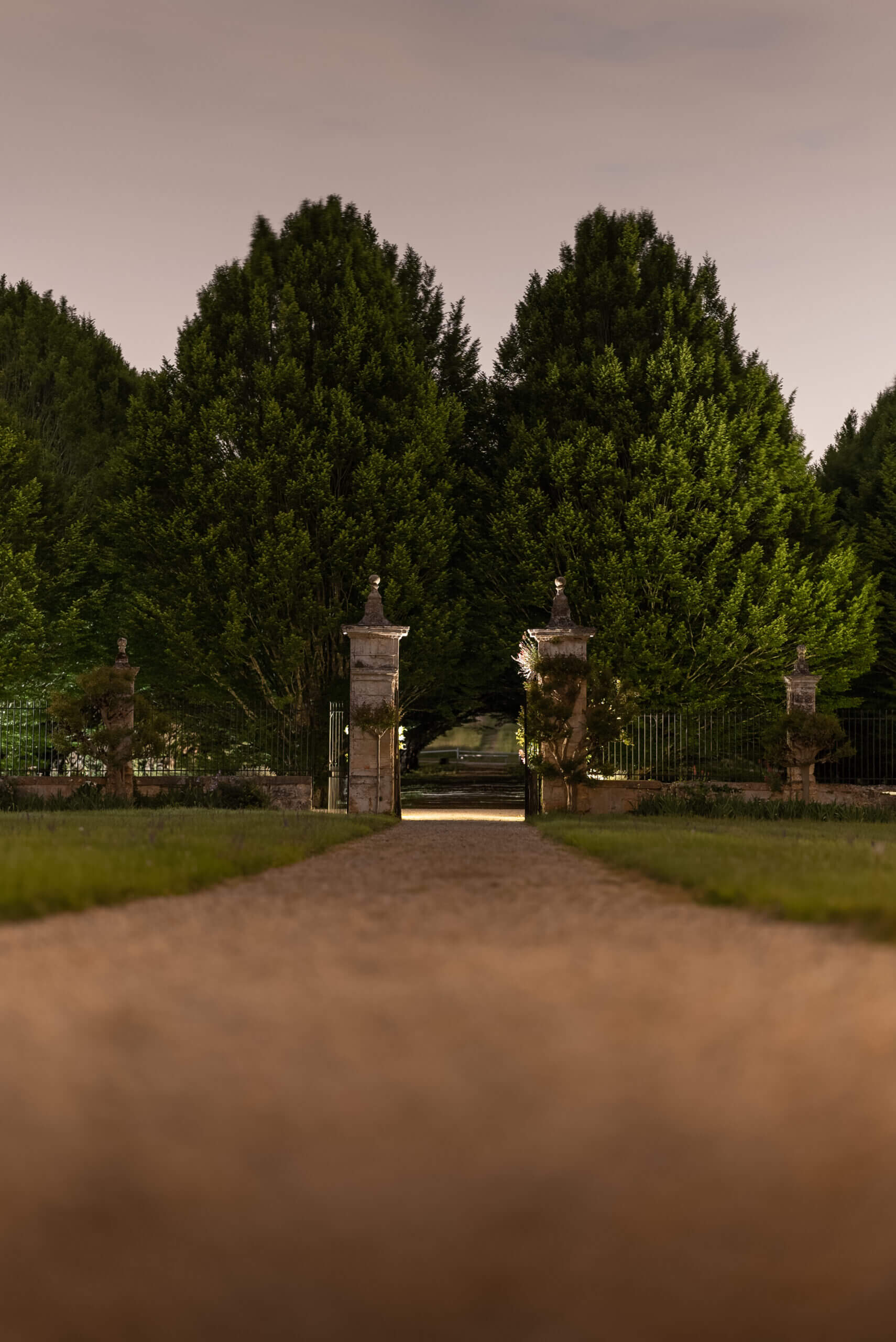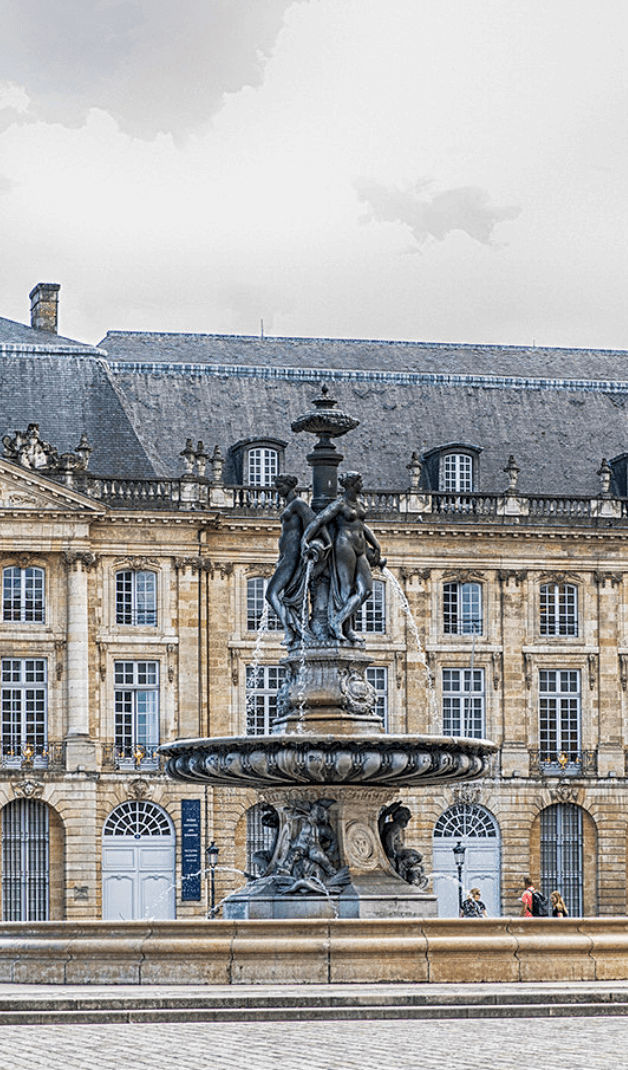
CHÂTEAU OLIVIER, A JEWEL OF HERITAGE
The different eras have transformed Château Olivier, which today bears witness to the many generations that have passed through its history.
Middle Ages and Hundred Years’ War
The origins of Château Olivier date back to the Middle Ages, when there was just a keep. Over the centuries, various writers have mentioned the likely existence of a fiefdom by the name of Olivey, the only one within the lands of Leognum. During the hundred years war, the ‘Black Prince’, Edward of Woodstock, son of King Edward III of England, loved hunting in this vast oak forest. Legend also has it that’s Bertrand Du Guesclin, commander of the French army, eschewed pitched battles in favour of constantly hounding the English; lived at Château Olivier during one of his campaigns in Aquitaine.
XVIIth century: Arthus d’Olivey
In the early 16th century, the Lord of Léognan, Arthus d’Olivey, transformed the keep into a defensive chateau surrounded by four towers with walls and gave his own name to the structure. Its water-filled moats, mullion windows worthy of Château de Blois, and chapel bear witness to this glorious past. Arthus d’Olivey was the first owner to plant vines.

XVIIth and XVIIIth centuries: Jacques de La Serre and Jacques Fossier de Lestard
At the end of the XVIIth century, the estate was owned by Jacques de La Serre, Lord of Olivier. His daughter Marie married the Baron of La Brède, then their daughter married the Baron of Montesquieu, father of the famous author who wrote Persian Letters and The Spirit of the Law.
In the XVIIIth century, the Bordeaux fine wine boom and the region’s growing fame prompted a major change in scale for Château Olivier. Following its acquisition by Jacques Fossier de Lestard, advisor to the king, the Château gained its current shape: the first winery facilities were installed and an ambitious hydraulic system was set up around a jet pool, a fountain and two bodies of water.
XIXth century: the arrival of the Bethmanns
Alexandre de Bethmann – born into a family of Protestant bankers originally from Frankfurt but based in Bordeaux since the 18th century – was the co-owner of Gruaud-Larose and became mayor of Bordeaux. He built the Fountain of the Three Graces on Place de la Bourse in Bordeaux.
Château Olivier entered the family via the wife of his grandson Jacques de Bethmann, the great-grandfather of the current owners. In 1982, Jean-Jacques de Bethmann took over direct running of Château Olivier after a long period of tenant farming, and in 2002 Laurent Lebrun joined as General Director. In 2021, Eléonore de Bethmann, daughter of Jean-Jacques, succeeded her brother Alexandre and took over the governance of Château Olivier; thereby maintaining an active family involvement in the estate they have owned for nearly 150 years.





